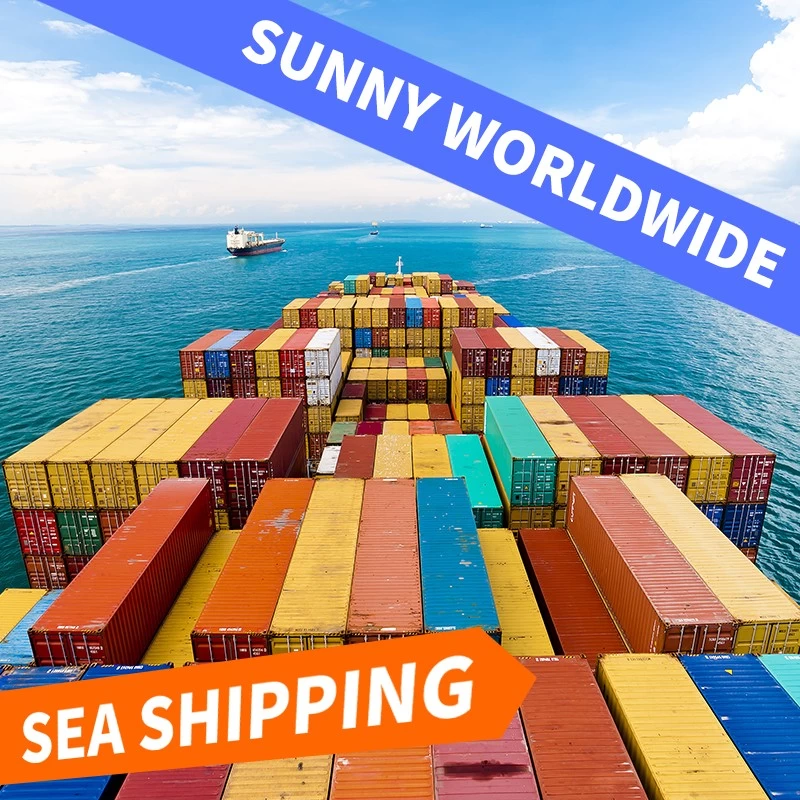Fanning the market, adding to the panic? ! Triggering a sharp rise in freight rates

The Shanghai Container Freight Index (SCFI) reached its highest level since September 2022, rising 18.8 per cent after last week's holiday to a 20-month high, according to the latest analysis from shipping consultancy Linerlytica, as the market panicked over tight ship space. , unlike the spike in January, when freight rates rose mainly on Red Sea-affected routes. This time, however, the increase had a much wider impact, with all long-haul routes seeing significant price hikes against the backdrop of a strong rebound in demand ahead of the summer peak season.
Linerlytica noted that shipping companies are fuelling the market and panic is building. For example, Maersk claims that capacity losses on the Asia-Europe and Mediterranean routes have reached 15-20 per cent, but Linerlytica observes that the effective capacity situation is not as bad as Maersk suggests, despite strong demand and tight supplies of container equipment and vessels.
In terms of container production, new container (dry container) output soared to 520,000 TEUs in April, three times the 2023 monthly average. The plant has continued to produce new orders at full capacity until the end of July.
Sunny Worldwide Logistics is specializing in the shipment services by Air/Sea/Express/Railway. We also provide customs clearance, inspection and trailer, CO, F/A, fumigation, insurance and so on.

Regarding the capacity situation on specific routes, Linerlytica's report shows that despite a 17.8 per cent increase in vessel capacity deployed in Asia, effective capacity from Asia to Northern Europe declined by 5.1 per cent compared to the same period last year as most vessels opted for longer routes via the Cape of Good Hope.
In contrast, effective capacity on the Asia-Mediterranean route increased by 10.5 per cent. Despite the route choosing to bypass the Cape route, the total capacity deployed increased by 49.1 per cent compared to a year ago.
Contrary to Maersk's claim of a 15 to 20 per cent industry-wide loss of capacity on the Asia-Europe/Mediterranean route, Linerlytica points out that total capacity on both routes actually increased by 0.3 per cent compared to a year ago, as the total vessel capacity deployed on the routes increased by 28 per cent from 5.45 million TEUs to almost 7 million TEUs today.
It is worth noting that, as a result of the detour through the Cape ports, additional capacity of 1.2 million TEU has been added to both routes over the past five months, with the bulk of this (0.8 million TEU) going to the Mediterranean route, where freight rates are 30-50 per cent higher than those in Northern Europe, although the gap between the two has narrowed somewhat recently.